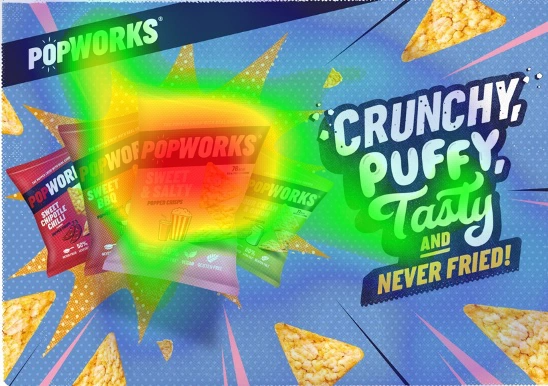Audience and Location Intelligence is supercharging Out of Home advertising
How Talon has invested in a proprietary data platform to deliver more effective planning and measurement of OOH campaigns.
Automation technologies are beginning to transform how Out of Home (OOH) media is transacted, but alone they don’t answer advertiser needs for more targeted and measurable campaigns. As more advertisers begin to take advantage of the increasingly digitised OOH landscape, Talon has developed new solutions which enable them to deploy digital audience data to supercharge their one-to-many, OOH campaigns.
Location history is the raw material for data-driven OOH campaign planning and measurement. Sourced from opted-in users of mobile device applications, this data is a collection of anonymised, event-based information about the real world places that people go.
In its basic form, this information is organised around three inputs: timestamp, mobile advertising ID, and latitude/longitude. It only becomes meaningful once it is given context. The latitude/longitude 51.510153, -0.135023, for instance, doesn’t mean much until it is mapped to out-of-home inventory. The people who pass through this location are within the visibility area of one of the world’s most iconic advertising locations, Piccadilly Lights.
This data, combined with accurate context, becomes even more meaningful at scale.
A single event attached to a mobile advertising ID shows the location of a device at a point in time. Billions of location events attached to millions of IDs provide insights into how people move around their towns and cities.
Advertisers, of course, are not interested in ‘people’ per se; they are interested in their customers and the people who have the potential to become customers. They want to know how to most effectively reach and engage them and how they behave following exposure to their advertising messages.
To provide more precise answers to these questions, Talon has developed a proprietary OOH data management platform (ODMP) which activates billions of lines of location histories data and accurate context about places of business and advertising inventory.
ODMP’s data science models give meaning to these enormous volumes of raw information, generating insights about people’s behaviours, interests, lifestyles, and their opportunities to see advertisers’ messages in the real world.
Because it has been designed especially for OOH, ODMP takes account of how on-the-go audiences really experience these messages. This means it only counts ad exposures for devices that fall within the unique visibility range of each OOH advertising unit. It also means that device-level data is never used to target individuals; it is aggregated into audience profiles for every single unit, for any time of the day or week.
As a result, ODMP provides advertisers with a deeper level of insight about location-based audiences and a more effective approach to targeting the people they really care about.
Although these may seem like bold claims, they are supported by independently produced evidence about the platform’s capabilities, having deployed them for some of the UK’s largest and most effective advertisers.
This summer, McDonald’s collaborated with Talon and OMD to understand how ODMP capabilities could help increase visits to their restaurants by finding value conscious customers and exposing them to value messages. The platform’s data science models were used to build custom audience segments, defined by recent and regular visits to McDonald’s restaurants and affordable high street retailers in the months prior to the campaign. ODMP then determined which out-of-home ad units most effectively reached these audiences, by merging their location histories with inventory data. An effective OOH campaign was designed by combining these audience insights with Talon’s Route-powered optimisation tools, ensuring that geographical weights and distribution were maintained whilst maximising audience reach.
OnDevice, a third party research agency, was appointed as an independent measurement provider to evaluate how people behaved following exposure to McDonald’s targeted OOH advertising. They reported that the people exposed to the ODMP-optimised campaign were more than four times more likely to visit McDonald’s restaurants than those who had seen an otherwise identical campaign a few weeks earlier.
Kat Howcroft, Senior Media & Budget Manager at McDonald’s, said: “We’ve always suspected that location data can play a valuable role in identifying our sweet-spot audiences, but finding the right partners who can deliver in this space can be challenging. We were delighted to collaborate with Talon and OMD UK on this test and the learnings appear to be very positive. We are looking forward to further tests in 2019 to explore how ODMP can support our business objectives.”
Talon has chosen to develop a proprietary data management platform because of an ambition to better leverage digital advertising data to make advertisers’ OOH campaigns even more effective. These results show significant progress has been made, but they represent just the first step on the journey towards delivering supercharged outcomes for all OOH media investments.




